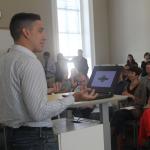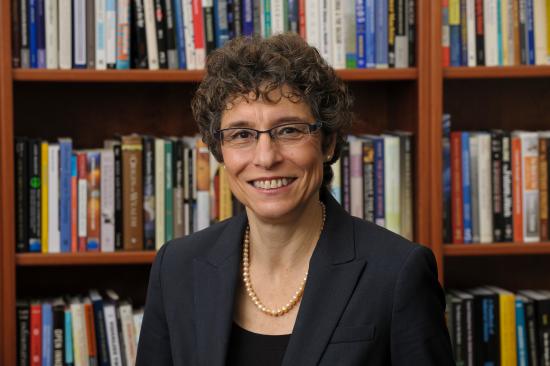From the San Francisco Chronicle
The H-1B visa: A golden ticket loses its luster
By Trisha Thadani
HYDERABAD, India — The sun glares down on an ancient temple where Pruthvi Yadav joins a swirling mass of devotees. The deity here, he’s been told, is particularly powerful at granting U.S. visas....
But as reports of tougher visa odds reverberate throughout this city, Yadav’s desire to work in Silicon Valley is starting to fade. Just a few miles away from the temple is the city nicknamed Cyberabad, with outposts of about 130 American tech companies and a growing number of homegrown startups. If Yadav doesn’t make it to Fremont — his chosen destination in California — there is plenty he can do at home....
“People used to not be able to use their skills back in China, Taiwan and India. But now you can,” said AnnaLee Saxenian, the dean of UC Berkeley’s School of Information, who has studied foreigners in Silicon Valley since the 1970s. “And when you have places like Hyderabad, where you have healthy tech development, there are real alternatives.”
For years, India was Silicon Valley’s back office — a place where menial tasks such as updating business software, fixing bugs and entering data got done while California slept. Then as the U.S. loosened its borders in the 1990s and the demand for tech talent grew, foreigners started streaming into the Bay Area, quickly accounting for a quarter of the region’s scientific and engineering workforce by the turn of the century, according to Saxenian....
Saxenian calls the sharing of talent between countries “brain circulation.” It’s been mutually beneficial, she says, giving U.S. companies access to highly skilled talent, while those foreigners can return home and help spur their own economy....
Dean AnnaLee Saxenian is the author of Regional Advantage: Culture and Competition in Silicon Valley and Route 128 (1994), Silicon Valley's New Immigrant Entrepreneurs (1999), and The New Argonauts: Regional Advantage in a Global Economy (2006).










